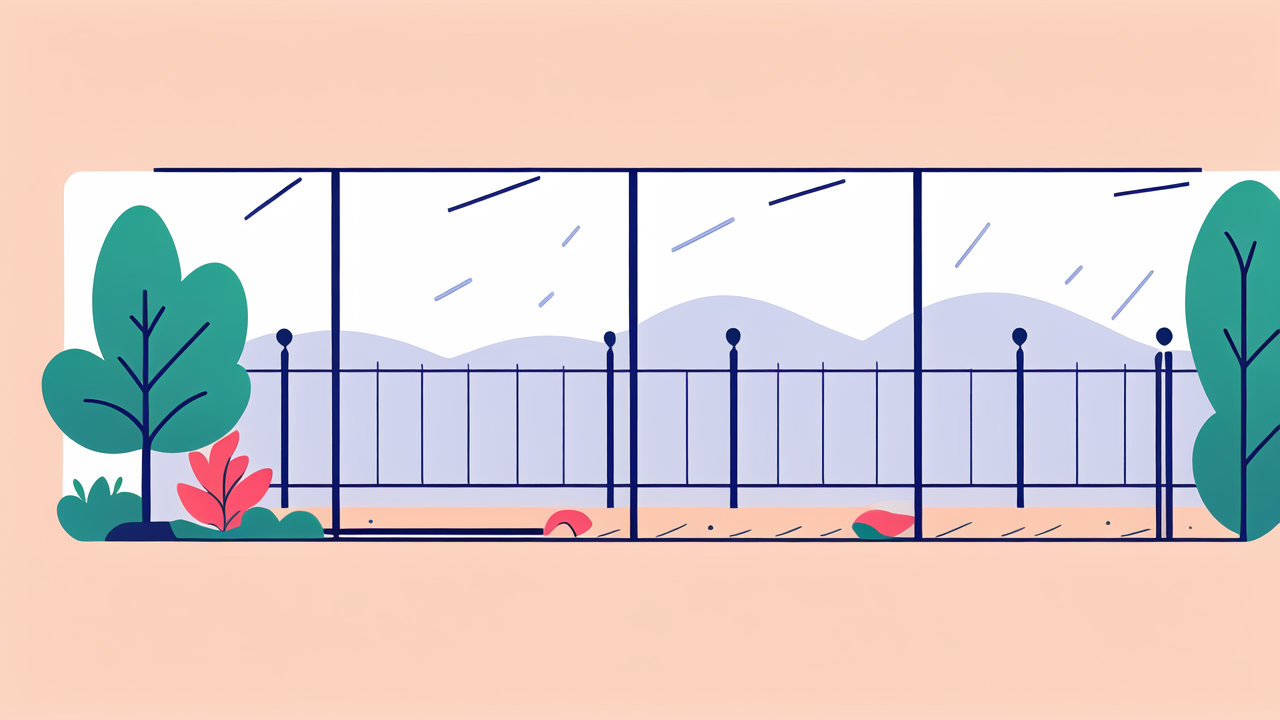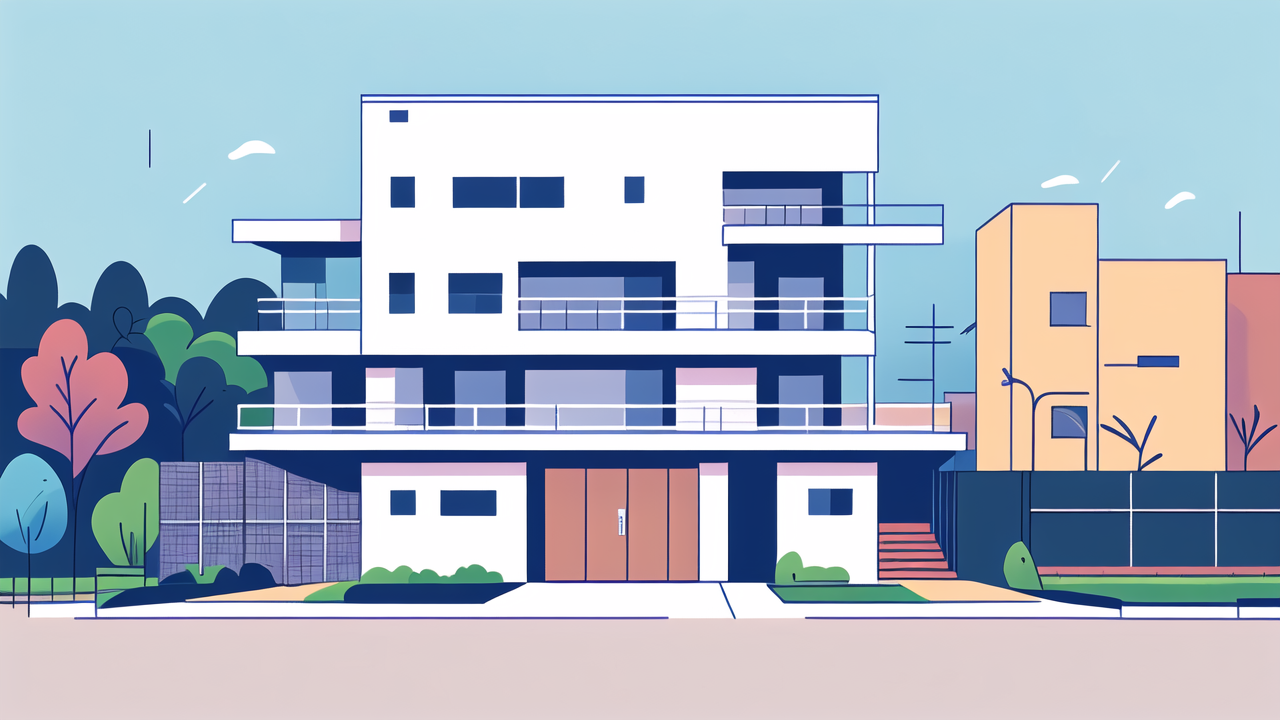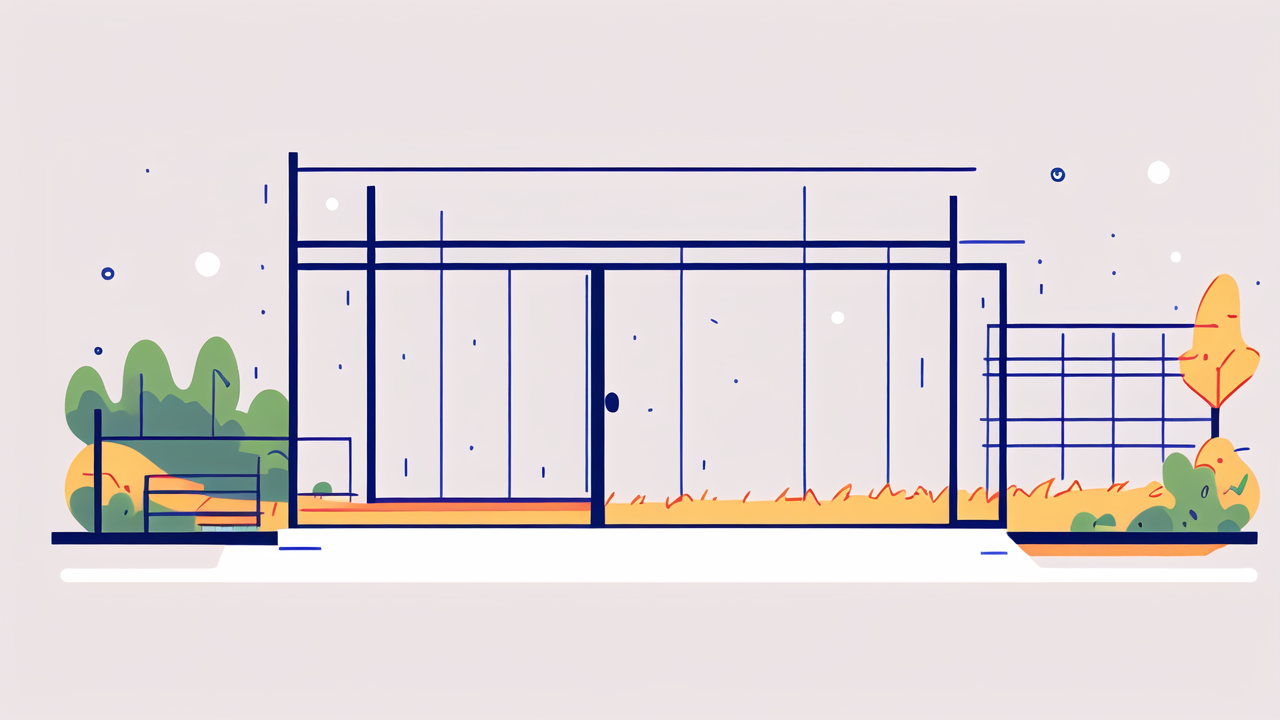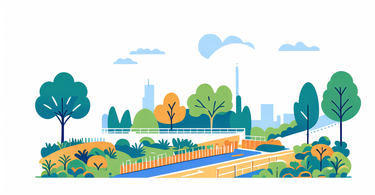Understanding the Role of Bracing Posts in Fence Design
The Importance of Sturdy Fencing for Property Management
Sturdy fencing is crucial for effective property management. It provides security and enhances property value. Bracing posts play a key role in creating strong fences. They prevent sagging and leaning over time.

Wood composite panels are becoming popular for durable fencing. They offer the look of wood with added strength. Proper bracing is essential to support these panels. It ensures the fence remains straight and stable for years.
A well-braced fence can withstand harsh weather conditions. This reduces the need for frequent repairs. It saves time and money for property managers. Sturdy fences also offer peace of mind to residents and tenants.
Investing in robust fencing shows commitment to quality. It can attract better tenants and increase property value. In areas prone to high winds or heavy snowfall, sturdy fencing is even more important.
Evaluating Different Types of Bracing Posts
There are several types of bracing posts to consider for fence installations. Each has its own strengths:
- Diagonal braces: Offer angled support, spreading force effectively.
- Horizontal braces: Connect posts parallel to the ground for added stability.
- Knee braces: Short diagonal supports that reinforce corners and end posts.
- T-braces: Vertical posts with a horizontal member, forming a T-shape.
For wood composite panel fences, the choice of bracing is crucial. These panels can be heavy and need strong support. Diagonal braces work well for taller fences made with composites. They help distribute the weight evenly.
Horizontal braces are great for long stretches of composite fencing. They prevent warping and maintain a straight line. Knee braces are ideal for reinforcing corners in composite fences. They add extra strength where it's most needed.
T-braces offer strong support for heavy gates in composite fencing. They ensure the gate operates smoothly without sagging. The choice of bracing depends on fence height, panel weight, and local conditions.
Best Practices for Choosing Bracing Materials
Selecting the right materials for bracing posts is crucial. It affects the fence's durability and performance. Here are some best practices:
- Match bracing material to the fence type for consistency.
- Choose weather-resistant options to prevent rot and decay.
- Consider eco-friendly materials like recycled steel or treated lumber.
- Ensure materials can withstand local climate and potential pests.
- Think about the visual impact of bracing on overall fence design.
For wood composite fences, metal bracing often works best. It provides strong support without the risk of warping. Galvanized steel or aluminum are good choices. They resist corrosion and last as long as the composite panels.
In areas with termites, avoid wooden braces for composite fences. Metal or composite bracing materials are safer choices. They ensure the longevity of the entire fence structure.
Always factor in long-term maintenance when choosing materials. Some options may cost more upfront but require less upkeep. This can lead to savings over time. Consulting with a fencing professional can help make the best choice for your needs.
Strategies for Incorporating Bracing Posts in Various Fence Types
Tailoring Bracing Solutions for Residential vs. Commercial Fences
Residential and commercial fences have different bracing needs. Residential fences often focus on blending aesthetics with function. Bracing should be discreet yet effective. Hidden diagonal braces or decorative knee braces work well here.

Commercial fences prioritize security and durability. They may need stronger, more visible bracing. Heavy-duty T-braces or reinforced corner posts are common. The key is balancing strength with the property's visual requirements.
For wood composite fences in residential areas, bracing can be integrated into the design. This might involve using braces in complementary colors or textures. Commercial composite fences can use more prominent bracing methods.
In both cases, the height and weight of the composite panels affect bracing needs. Taller fences require more support. Heavier panels need closer post spacing. This ensures the fence remains stable along its entire length.
Innovative Design Techniques for Fence Bracing Posts
Creative bracing can enhance both strength and appeal. Here are some innovative approaches:
- Integrated planters: Use bracing posts to support built-in flower boxes.
- Artistic elements: Add decorative metalwork or carvings to bracing designs.
- Multi-functional posts: Design braces that double as lighting fixtures.
- Adjustable systems: Use tension wire for easy future adjustments.
- Eco-friendly solutions: Incorporate living fences as natural bracing.
For wood composite fences, innovation focuses on both aesthetics and functionality. One technique is to use bracing that mimics the texture of the composite panels. This creates a seamless look while providing strong support.
Another approach is to incorporate modular bracing systems. These allow for easy replacement or upgrade of fence sections. This is particularly useful for commercial properties that may need to reconfigure spaces.
Some designs use hollow bracing posts filled with insulating materials. This adds sound dampening properties to the fence. In areas with diverse climates, bracing can support additional features like removable windbreaks.
Navigating Building Codes and Standards in the United States
Understanding building codes is crucial when incorporating bracing posts. In the U.S., codes vary by location. Here are key points to consider:
- Check local zoning laws for fence height and setback rules.
- Verify if permits are needed for fence installation.
- Ensure compliance with wind load standards, especially in coastal areas.
- Follow ADA guidelines for accessibility in public spaces.
- Adhere to pool safety regulations if the fence encloses a swimming area.
For wood composite fencing, additional regulations may apply. Some areas have specific requirements for synthetic materials. These might dictate fire resistance ratings or recycled content percentages.
In historic districts, there may be rules about fence appearance. This can affect bracing choices and installation methods. Always check with local authorities when planning composite fence installations.
Professional fence installers often know local codes well. They can guide you through the compliance process. Remember, meeting code requirements ensures safety and longevity of your fence installation.
Advanced Tips and Techniques for Drawing Fences with Bracing Posts
Leveraging CAD Software for Precision Fence Drawing
Computer-Aided Design (CAD) software is invaluable for fence drawing. It allows for accurate representation of bracing posts. Here are tips for using CAD effectively:

- Use layers to separate fence components, including bracing.
- Create custom symbols for frequently used bracing elements.
- Utilize 3D modeling to visualize the fence from all angles.
- Incorporate terrain data to ensure proper post placement.
- Generate detailed material lists from the drawings.
For wood composite fences, CAD is particularly useful. It can model the exact dimensions and weight of panels. This helps in placing bracing posts at optimal intervals. CAD can also simulate different soil types and their effect on post stability.
With CAD, designers can experiment with various bracing configurations. This optimizes both strength and visual appeal. The software can calculate stress points and recommend additional bracing where needed.
CAD drawings facilitate clear communication with clients and contractors. They can show exactly how bracing integrates with composite panels. This reduces errors during installation and ensures all parties understand the design intent.
Enhancing Visual Appeal While Maintaining Durability
Balancing aesthetics with structural integrity is key in fence design. Here are strategies to enhance visual appeal:
- Use decorative caps on bracing posts to add elegance.
- Incorporate lattice or decorative panels between braces.
- Paint or stain bracing to complement the main fence.
- Integrate climbing plants to soften the appearance of bracing.
- Design bracing patterns that create visual interest.
For wood composite fencing, visual appeal is often a major selling point. Bracing can be designed to enhance this appeal. Using textured materials for bracing can complement the composite panels. Choosing colors that blend with the panels creates a cohesive look.
In some cases, bracing can be designed to look like intentional architectural elements. This works well with modern composite fence designs. For traditional styles, bracing can mimic classic woodworking techniques.
Remember, even functional elements can contribute to overall design. Creative use of materials and thoughtful placement can turn bracing into a design feature. This is particularly important in residential areas where appearance matters as much as function.
Case Studies: Successful Fence Installations with Bracing Posts
Real-world examples provide valuable insights into effective bracing. Here are brief case studies:
- Coastal Property: A beach house used corrosion-resistant aluminum bracing for composite panels. Hidden diagonal braces within hollow posts provided wind resistance and a clean look.
- Urban Development: A housing complex installed a modular composite fencing system. Bracing posts supported interchangeable panels, allowing for easy customization and repair.
- Commercial Park: An office complex used integrated lighting in their bracing design. This enhanced security while supporting the heavy composite panels.
- Eco-Friendly Home: A green-focused residence incorporated living fence posts as natural bracing. Fast-growing trees complemented the composite panels over time.
These cases show how tailored bracing meets diverse needs. They highlight the importance of considering local conditions and specific requirements. Each solution addressed unique challenges while enhancing the overall fence design.
Learning from these examples can inspire creative solutions for your own projects. Remember, successful bracing not only strengthens the fence but also enhances its aesthetic and functional qualities.
